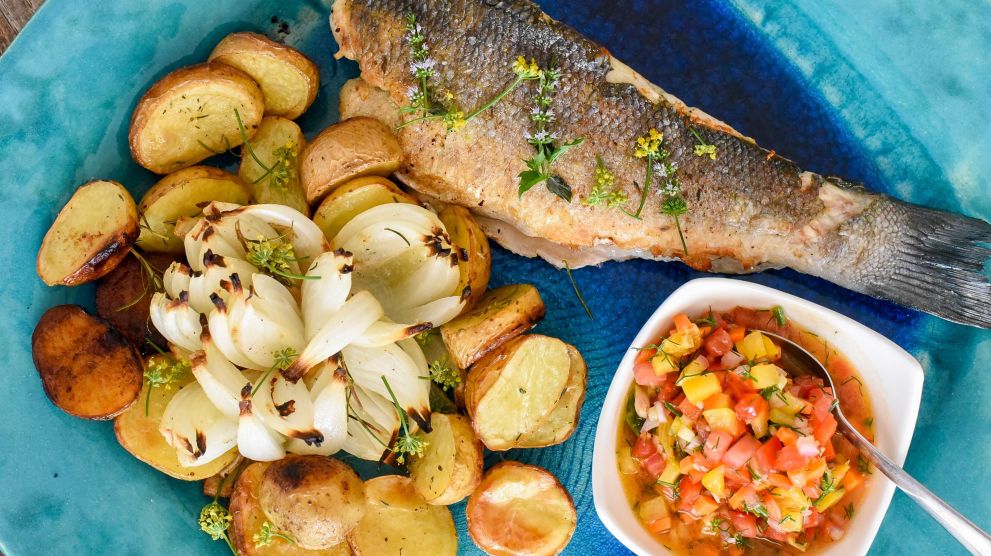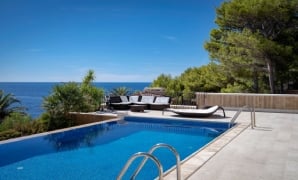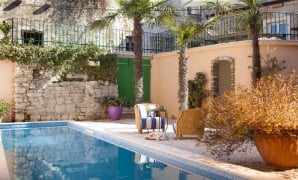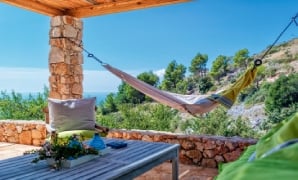Capsule 1
Have you ever wanted to take a peek at a worn, handwritten notebook of a Hvar nona, with recipes full of fresh, colorful, fragrant Mediterranean ingredients? Ingredients that are cooked oh so slowly to thoroughly simmer and bring you to an incredibly delicious culinary highlight. Mediterranean cuisine is both creative and simple, delicious and healthy; it is proven to preserve our vitality, extend our lives and, no less important, make us very good-looking people. In our small traditional cooking school with top chefs you’ll learn what kind of food UNESCO has put on the list of intangible world heritage and what keeps Hvar's hot and passionate temperament at an enviable level.
NONNA'S CHEST OF SECRETS
Hedonism as we know it today originated in the Mediterranean, from its long and turbulent past. In the fine texture of Mediterranean cuisines, so alike yet so unlike one another, ancient culinary techniques and an eternal need for innovation intertwine. The Mediterranean landscape has long been shrouded in the alluring fantasy of the eternal summer. In this area, where lemons and oranges grow, history has been relived through convivial and hospitable repasts. This in fact ungenerous landscape has been formed by the idea of harmony between man and environment, the idea of cultivation rather than submission. This very idea of the Mediterranean diet was added to UNESCO’s Representative list of intangible cultural heritage.
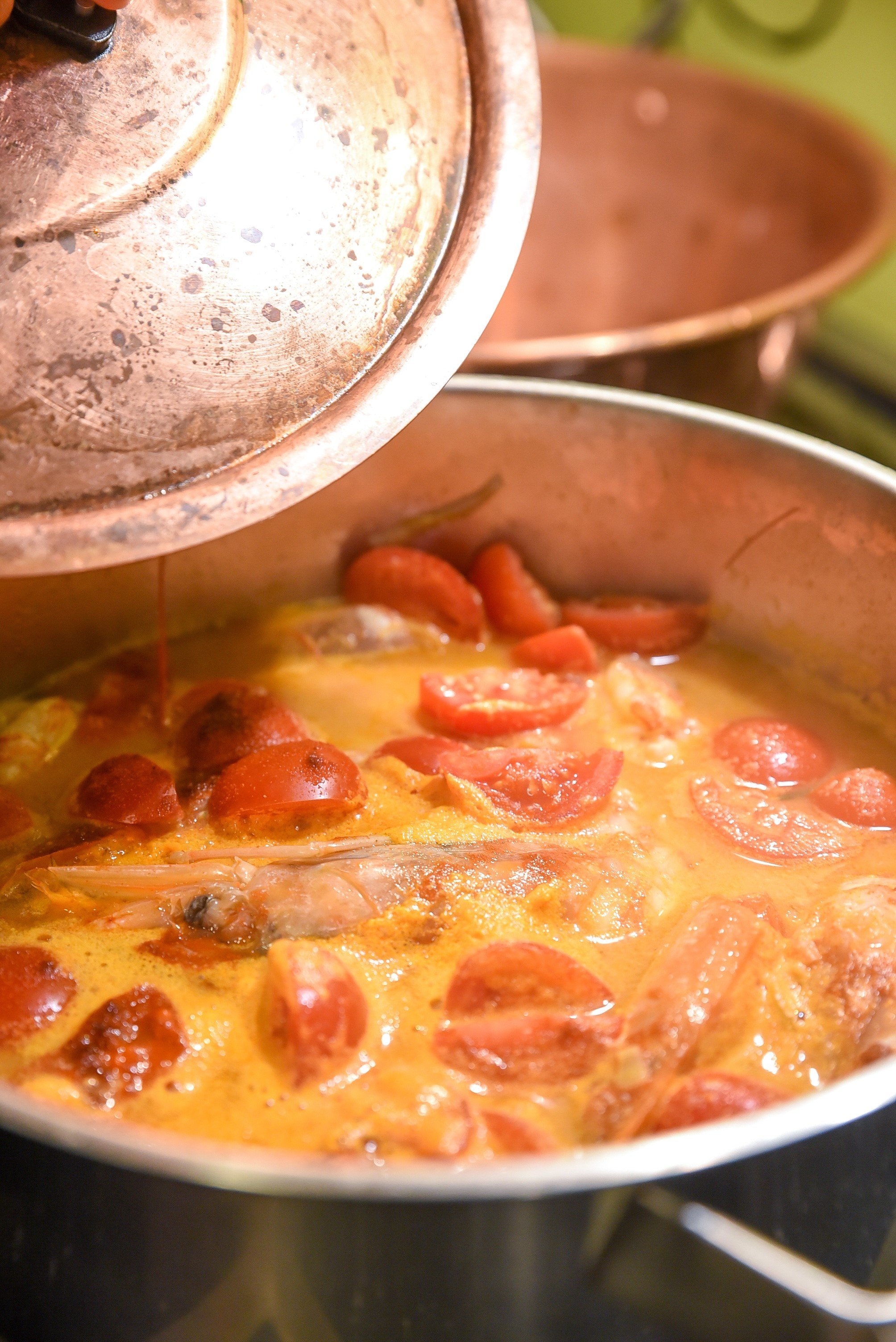
The Mediterranean diet is the cheerful company gathered around a table set under a treetop. Its meals are local and in tune with the rhythm of nature, such as the scented salsa in the summer or foraged plants seasoned with olive oil and wild orange juice in the winter. The Dalmatian cuisine is recognizably Mediterranean, but as any cuisine, it blends ancient, Ottoman, Venetian, and many other influences that stew inside Mediterranean pots. The Hvar cuisine has preserved ancient culinary techniques such as peka (the bell) and gradele (the grill grate), the simplicity of recipes such as the pećica na tećici, a delicious warm desert made of fresh goat cheese and honey, but also the refined renaissance affinity for spicy cakes with ingredients still procured from pharmacies.
Heritage dishes such as panada (made from old bread) or pašticada (beef stew) remind us of past modesty and respect for food, but also the wealth of celebratory menus. The recipe that perhaps best epitomized all the tastes of the island, all the history and culture of this outstanding area is undoubtedly starogrojski paprenjok. The famous gingerbread of Stari Grad has been a faithful companion of travelers since the Renaissance days, and it is also a meteorological device. Apart from honey, olive oil and prošek (dessert wine), it contains a mixture of once invaluable spices – cinnamon, clove, and saffron, which used to fill the coffers of Renaissance Hvar townships with gold. Don’t miss out on buying some Hvar saffron: its color and scent will bring you back to the island wherever you may be.
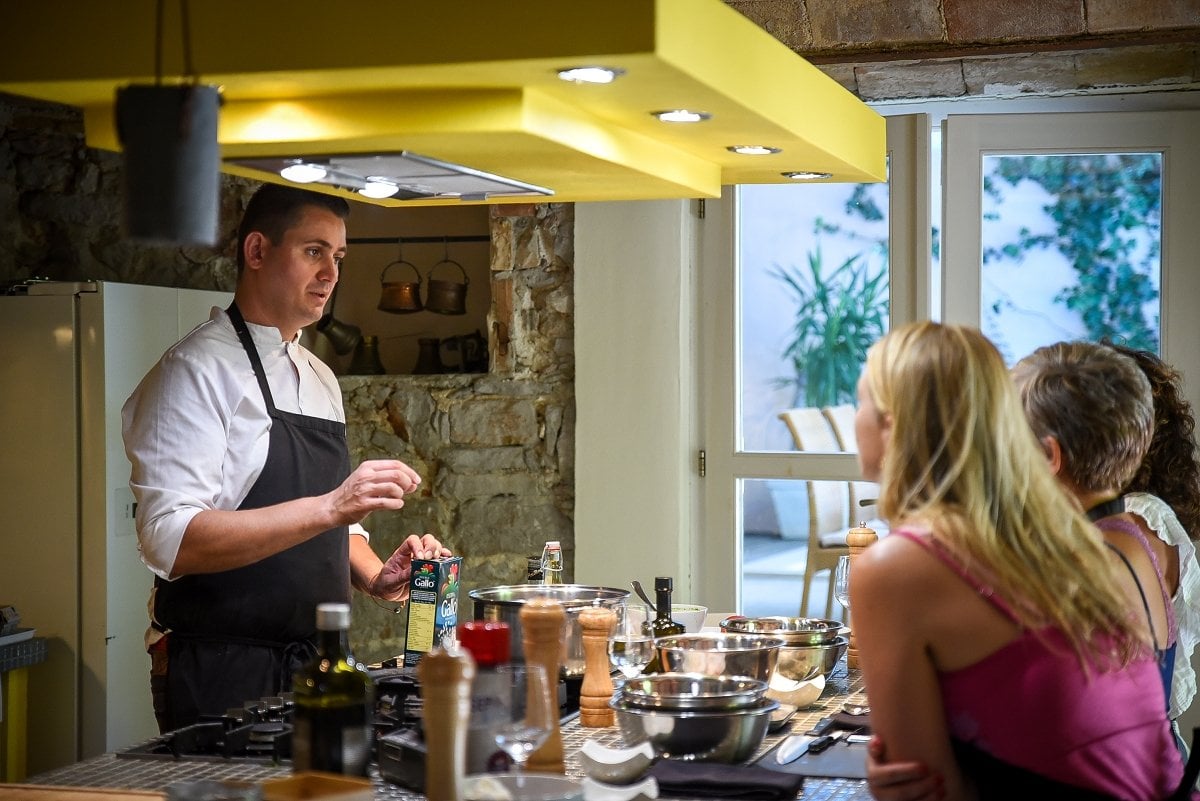
Get to know the wealth of local produce, such as wild asparagus or Hvar artichokes; learn which flower buds are edible; try the unusual flowers that will make you visit the pharmacy, rose liqueurs, the lovely prošek… Is there a better way to take a part of the rich cultural history of this outstanding island than by learning to make some of the Hvar
dishes?
